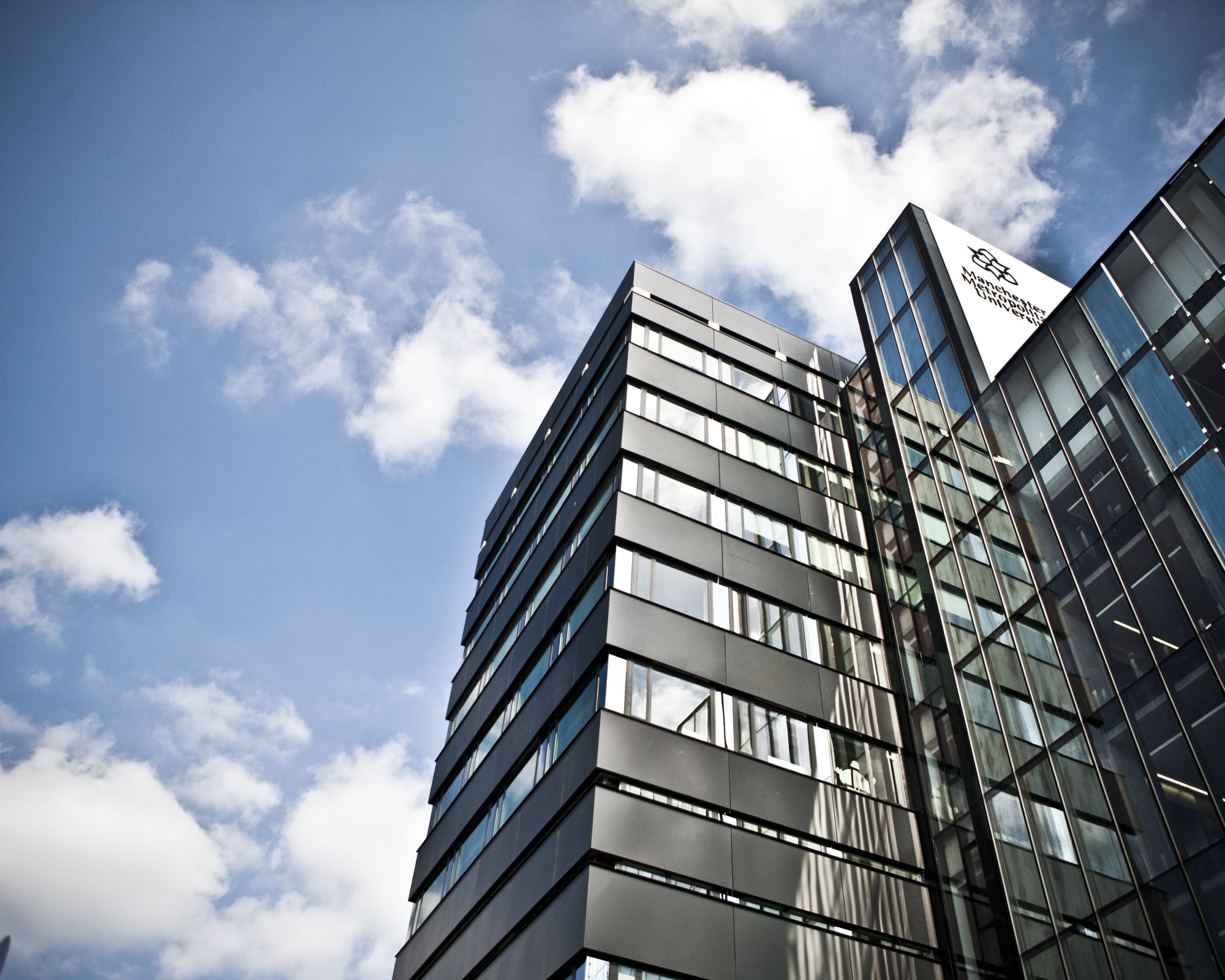
IASDR 2019 is organised under 10 parallel tracks that reflect the breadth and opportunities of the norm, the now and the new of design research.
Design continually evolves as it responds to the context in which it operates. It spans boundaries and is shaped by disruptions – be they political, ideological or conceptual. What forms of change should design embrace and who are the thought leaders that are instigating change? What new business models and modes of operation should design support? How should design transition from the now to the new?
Design is inherently a learning process that supports creativity to transform current situations to preferred ones. While creativity is considered critical in education, is design being eclipsed by STEM subjects? How should we respond to the current challenges presented in education? What ways can design enhance learning experiences? How should design nurture creativity towards new ways of learning?
Design surrounds us by shaping way we live through our consumption of products, the services we use and the cities we inhabit. It impacts the environment, health and wellbeing of all. What vision of living should design suggest? How should design be used to enhance our lives and the environment? How should design improve the way we approach sustainability and the circular economy? How can design enhance the urban environment?
Design and making are intrinsically linked, be it through the use of the hand or the machine. The creative possibilities of materials and processes have long been harnessed by designers to innovate. What models of production, fabrication and modification are going to shape the future? How are materials shaping design and how are designers shaping materials? Is the democratisation of making a positive of negative issue for design?
Understanding human behaviour, and just as importantly misbehaviour, provides opportunities to design collaboratively for, and with, people. By enabling social and cultural dimensions to be considered, design can connect to the needs of citizens today and in the future. Why are people important to design? How will co-design and co-production models evolve in the next decade? What social dimensions in society can design embrace and why?
From digital automation to machine learning and artificial intelligence to the Internet of Things, the technology landscape that design needs to engage with is become increasingly complex. Long gone are the days when design was able to humanising technology without engaging with other disciplines. How can design support the 4th industrial revolution? What is the role of design in discovering new technology? How should design connect technology and humans? How can design and creativity unlock the potential of digital technologies?
The concept of design thinking has become ubiquitous within the design, business and innovation fields. While designers are able to consider complex and often competing demands, the nature of how they think when doing so is less understood. What are the relationships between thinking and doing in design? Can thinking by, for or through design address societal challenges and unlock innovation?? Has design thinking passed its sell by date or is it still a valuable proposition?
Communicating the relationship between design and business has long been a challenge for design. While design is recognised as a driver for innovation, design has long been seen as a cost rather than an investment. How can design be effectively managed to maximise its economic value? What evidence is needed to justify the place of design at the board level? How will new models of design shape innovation thinking?
Design is global and multicultural yet debates have for a long time biased particular mindsets, ideologies and philosophies. While there are voices that claim that design is inclusive, realities have tended to support existing notions of power and hierarchal socio-political systems. How can design become more inclusive, ethical and sustainable? Has the time come for the decolonisation of design? What are the ethical challenges that design must address and how should they address it?
Design Revolutions is about the novel and the new so we encourage out of the box thinking, so challenge conventions and probe the norm. What are the critical debates in design research? How should design research engage with other disciplines and what new forms of inter- and multi-disciplinarity will emerge? Who are the key thinkers and doers in design and why? What is revolutionary thinking in design research?